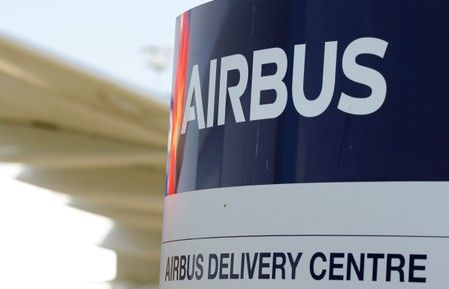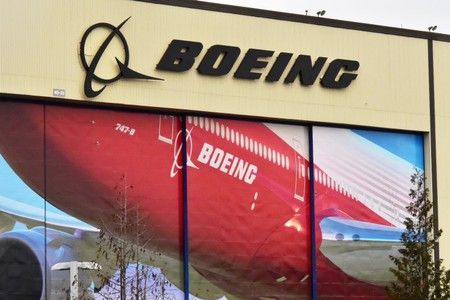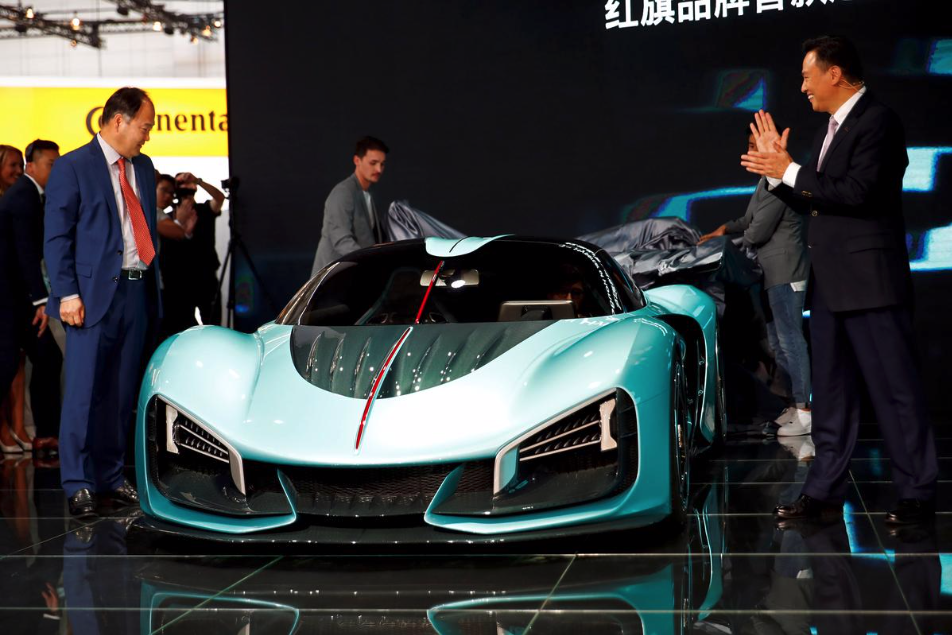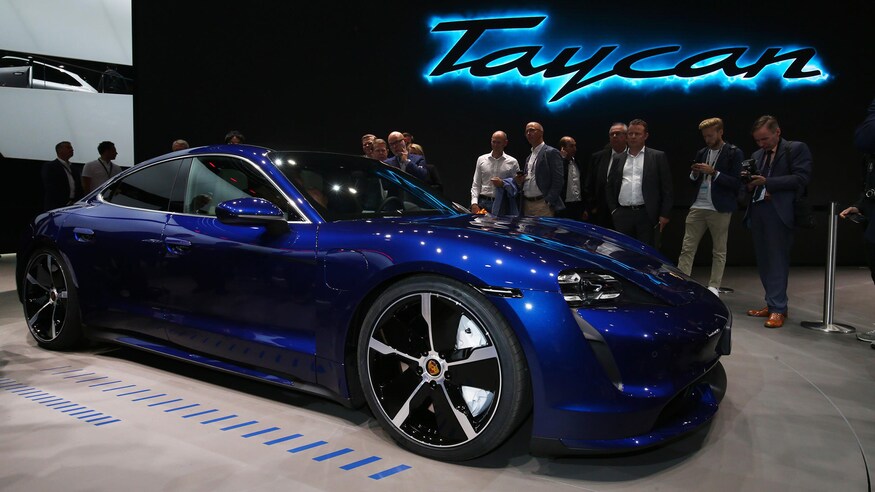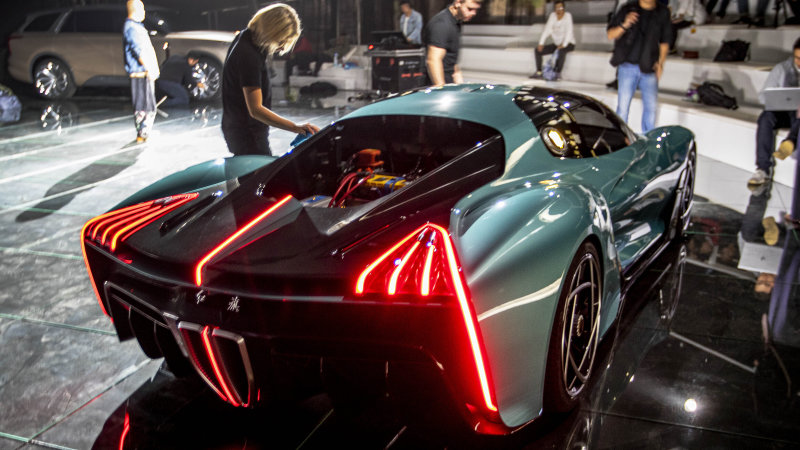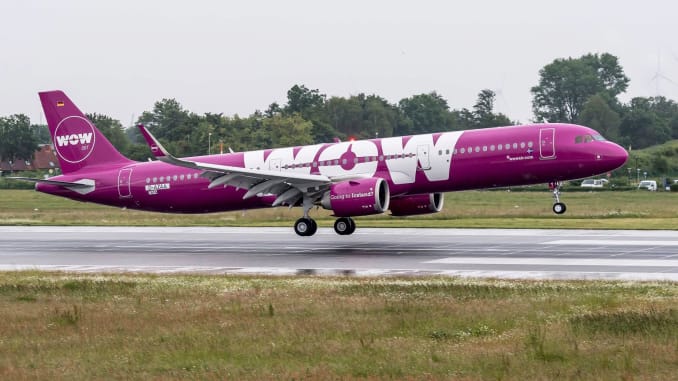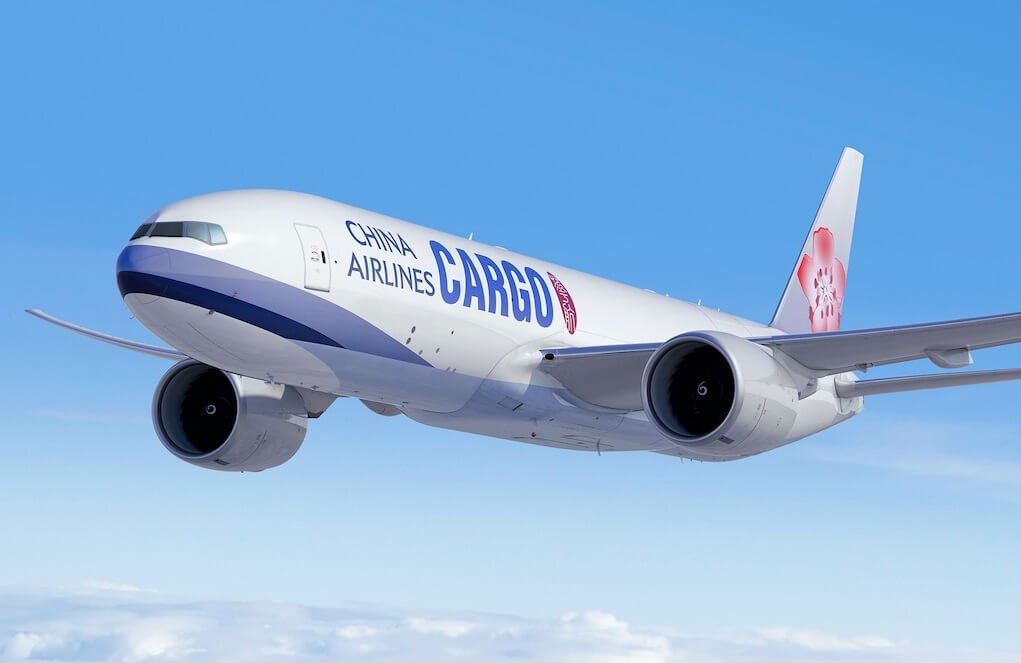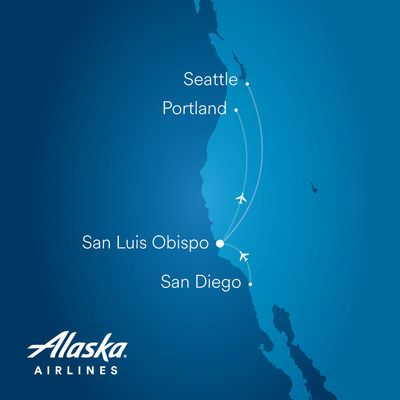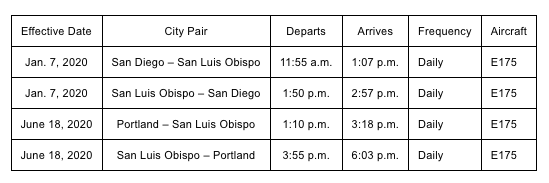SEOUL, Oct 1 (Reuters) – South Korea showcased newly acquired F-35 stealth fighter jets to mark Armed Forces Day on Tuesday as President Moon Jae-in tried to allay concerns that his policy of engagement with North Korea would weaken the South’s commitment to defence.
At an event marking the founding of the South Korean military, Moon said South Korean fighter jets conducted patrol flights offshore, including over islands at the centre of a bitter territorial dispute with Japan.
North Korea has criticised the South’s weapons procurements and its joint military drills with the U.S. military as undisguised preparations for war that are forcing it to develop new short-range missiles.
Moon has thrown his support behind dialogue to end the North’s nuclear and ballistic missile programmes, urging that working-level negotiations between the North and the United States be held soon. No new dates or locations have been set.
Moon marked Armed Forces Day at a ceremony at an airbase in the city of Daegu that highlighted four of the eight Lockheed Martin F-35A jets delivered this year. Forty of the aircraft are to be delivered by 2021.
During the event, an F-15K jet patrolled over the islands claimed by both South Korea and Japan and called Dokdo in Korea and Takeshima in Japan.
Moon made no direction mention of North Korea or Japan but said today’s security climate was highly unpredictable, requiring strength and innovation.
“As the recent drone attack in the Middle East region demonstrated to the world, the challenges that we will face will be entirely different from those of the past,” he said in an address to the military. “The war of the future will be a fight of science and intelligence against all elements that threaten our people’s safety and property.”
Analysts have said the F-35 stealth jets put North Korea’s anti-aircraft and anti-missile defence systems in a vulnerable position.
Negotiations aimed at dismantling North Korea’s nuclear and missile programmes have stalled since a second summit between U.S. President Donald Trump and North Korean leader Kim Jong Un broke down in February over disagreements on denuclearisation.
North Korea blamed the United States on Monday for a failure to restart talks, with Pyongyang’s U.N. ambassador Kim Song saying it was time for Washington to share proposals for talks that showed Washington had adopted a new “calculation method”.
South Korea and the United States have separately begun talks for a new military burden-sharing agreement to decide how much South Korea will pay for stationing what is now about 28,500 U.S. troops in the country.
Moon told Trump during a summit in New York last week what South Korea would contribute, including an increase in purchases of U.S. weapons and future purchase plans, a senior official at South Korea’s presidential office said.
(Reporting by Joyce Lee Editing by Jack Kim, Paul Tait and Gerry Doyle)

